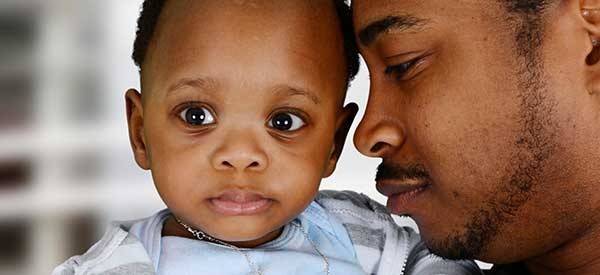There are several custody designations – physical custody and legal custody, sole custody and joint custody, and emergency custody. The custody arrangement should be practical for both parents. Both parents should be able to have a steady, relevant presence in the life or lives of their child or children.
Physical custody indicates with whom a child or the children will physically live.
Legal Custody indicates who has power to make decisions relating to the care and welfare of their child or children – such as medical and educational decisions, religious decisions and other decisions that come with routine daily living.
Sole custody gives one parent the authority to make all the decisions relating to their child or children. Sole Custody is rarely granted unless there is evidence of physical or sexual abuse.
Joint custody provides for both parents to share decision-making authority in all matters relating to their child or children, including physical custody issues. Most child custody arrangements are joint arrangements, whereby one parent has primary physical custody and the other has secondary physical custody.
Emergency custody is granted by the court if a child or the children are in danger of being physically harmed or sexually abused. It is also granted if there is a substantial likelihood a child or the children may be taken by one parent to another state to escape North Carolina court jurisdiction. Emergency custody claims are heard “ex parte” meaning the opposing party is not given notice of the hearing due to its emergency nature. However, the opposing party must be notice and an opportunity to be heard within a reasonable time.
The potential for abuse of these claims is great. The entry of an ex parte order can substantially prejudice the other party. Proving the need for emergency custody is a threshold not easily reached in most North Carolina counties.
